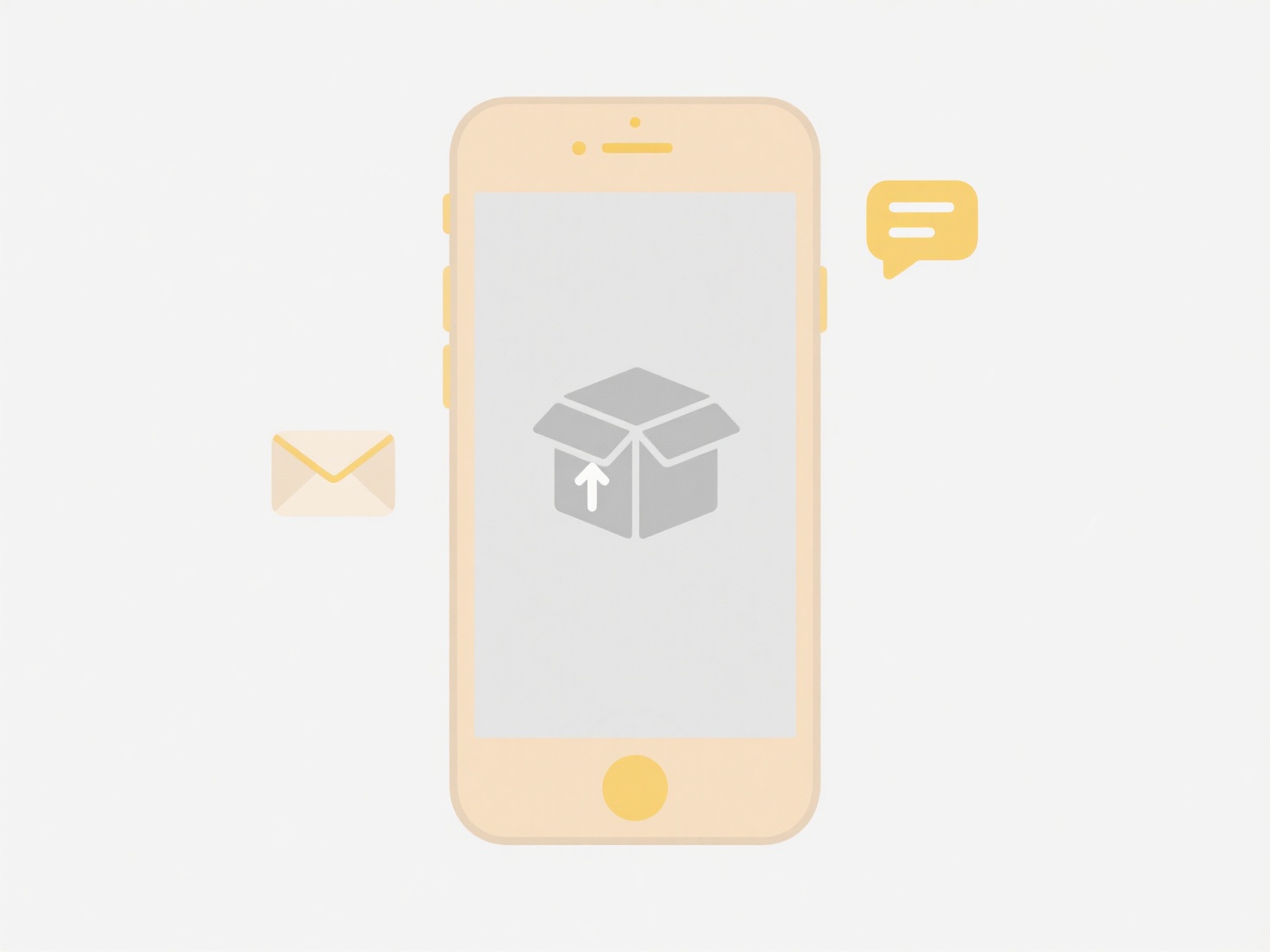
Duplicate songs in a playlist occur when the same audio track appears more than once. This typically happens due to manual errors during playlist creation, importing multiple copies of the same song file into a library, or syncing issues between devices and music apps. Removing these duplicates means identifying these repeated entries and deleting the extras, leaving only one instance of each unique song. It differs from finding duplicate files elsewhere on your computer, as playlist duplicates specifically refer to tracks listed multiple times within a designated sequence, regardless of whether the underlying file is physically the same or separate copies stored elsewhere.

Numerous music streaming services and media players offer built-in tools for this task. For instance, Spotify users can right-click a playlist and select "Remove duplicate songs" to automatically scan and filter out repeats. Similarly, applications like Apple Music (formerly iTunes) have a "File > Library > Show Duplicate Items" view allowing users to find and manually delete extra entries based on metadata like title, artist, and album. Third-party software like DupeGuru (focusing on file management) or TuneUp (cleaning iTunes libraries) can also scan libraries and playlists based on track metadata or audio fingerprinting to identify potential duplicates for removal.
The primary advantage is a cleaner, more organized playlist that reflects the intended song sequence without unintended repetition, enhancing the listening experience and saving storage space for downloaded files. Limitations include the potential for overzealous deletion: tools relying solely on metadata might incorrectly flag different versions (e.g., explicit vs. clean, live vs. studio, remix vs. original) as duplicates if they share similar tags. It rarely involves significant ethical considerations. Future developments may integrate more sophisticated audio fingerprinting directly into playback software for more accurate detection regardless of file name or metadata differences, making the process even more seamless and reliable.
How do I remove duplicate songs from a playlist?
Duplicate songs in a playlist occur when the same audio track appears more than once. This typically happens due to manual errors during playlist creation, importing multiple copies of the same song file into a library, or syncing issues between devices and music apps. Removing these duplicates means identifying these repeated entries and deleting the extras, leaving only one instance of each unique song. It differs from finding duplicate files elsewhere on your computer, as playlist duplicates specifically refer to tracks listed multiple times within a designated sequence, regardless of whether the underlying file is physically the same or separate copies stored elsewhere.

Numerous music streaming services and media players offer built-in tools for this task. For instance, Spotify users can right-click a playlist and select "Remove duplicate songs" to automatically scan and filter out repeats. Similarly, applications like Apple Music (formerly iTunes) have a "File > Library > Show Duplicate Items" view allowing users to find and manually delete extra entries based on metadata like title, artist, and album. Third-party software like DupeGuru (focusing on file management) or TuneUp (cleaning iTunes libraries) can also scan libraries and playlists based on track metadata or audio fingerprinting to identify potential duplicates for removal.
The primary advantage is a cleaner, more organized playlist that reflects the intended song sequence without unintended repetition, enhancing the listening experience and saving storage space for downloaded files. Limitations include the potential for overzealous deletion: tools relying solely on metadata might incorrectly flag different versions (e.g., explicit vs. clean, live vs. studio, remix vs. original) as duplicates if they share similar tags. It rarely involves significant ethical considerations. Future developments may integrate more sophisticated audio fingerprinting directly into playback software for more accurate detection regardless of file name or metadata differences, making the process even more seamless and reliable.
Quick Article Links
What is a .webp file?
A WebP file is an image format developed by Google. It uses both lossy and lossless compression techniques to achieve si...
How do I transfer ownership of a file?
Transferring ownership of a file means changing the primary individual or account designated as having full control over...
Can I map a cloud drive like a network drive?
You can map cloud storage as a network drive. This process assigns a drive letter (like Z:) to your cloud storage (e.g.,...